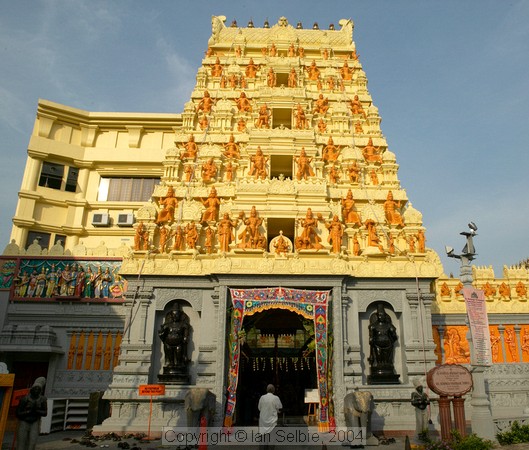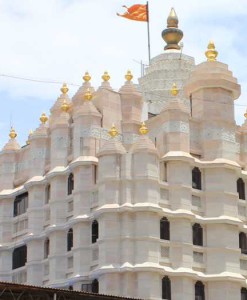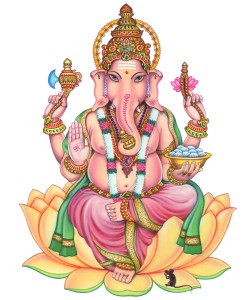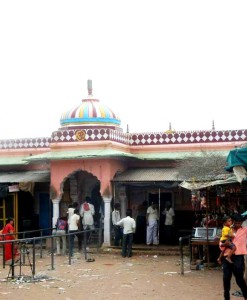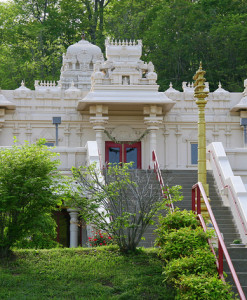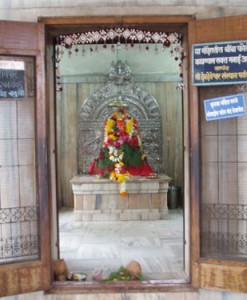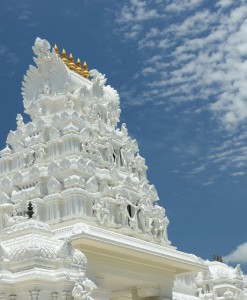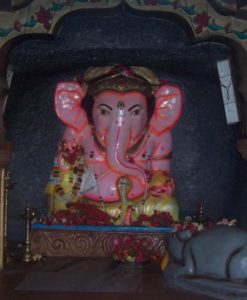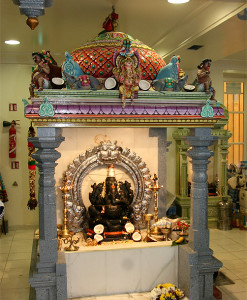No products in the cart.
Sri Senpaga Vinayagar Temple is a temple for the Hindu god Ganeshawho is the presiding deity. It is located in Ceylon Road in Singapore.
Sri Senpaga Vinayagar Temple
In the 1850s, a statue of Lord Vinayagar was discovered by the side of a pond. A Chempaka tree, Senpaga in Tamil, stood on the bank of the pond. As the Vinayagar statue was found besides the Chempaka tree, the temple came to be known as “Sri Senpaga Vinayagar Temple”.
A Ceylon Tamil, Mr. Ethirnayagam Pillai pioneered the building of the first structure as a modest shelter with an attap roof with the help of the nearby Indian workers. This humble abode under the Chempaka tree became the temple of Sri Senpaga Vinayagar.
During the Second World War, a bomb damaged the Temple. Restoration began in 1949 under the Chairmanship of Dr. P. Thillainathan and six years later on 7 July, 1955, devotees witnessed another Consecration Ceremony. Periodic upgrading of the Temple resulted in the addition of new halls, kitchens, classrooms, a perimeter wall, a wedding dias, and a library. On 8 November, 1989, the then Senior Minister, Mr S Rajaratnam declared open the three storey extension with an air-conditioned wedding and dining hall.
Chunks of concrete began falling from the ceiling of the Temple and cracks appeared in its walls. These occurrences prompted the SCTA to act. At its Annual General Meeting in 1998, a resolution was passed to appoint Dr R Theyvendran, PBM as the Project Chairman for the rebuilding of the Temple. Despite his limited expertise in this field, he accepted the challenge and brought to bear his entrepreneurial skills. He was ably assisted by Mr S M Vasagar, ex-Chairman and then Advisor; Mr S Moganaruban, PBM, Chairman of the Temple Management Committee, its dedicated members and a legion of well-wishers.
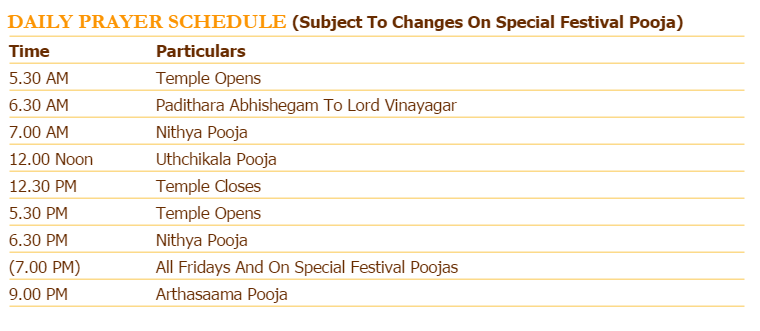
In 1923, the SCTA became the official keeper and manager of this autonomous Temple. From that year onwards, the Temple Committee was elected from among the SCTA members. In the following year, the Committee decided to upgrade the Temple. Under the Chairmanship of Mr S Muthukumaru, the plans were finalized in 1926 and a sculptor was commissioned. The construction of the concrete building was completed in 1929.

